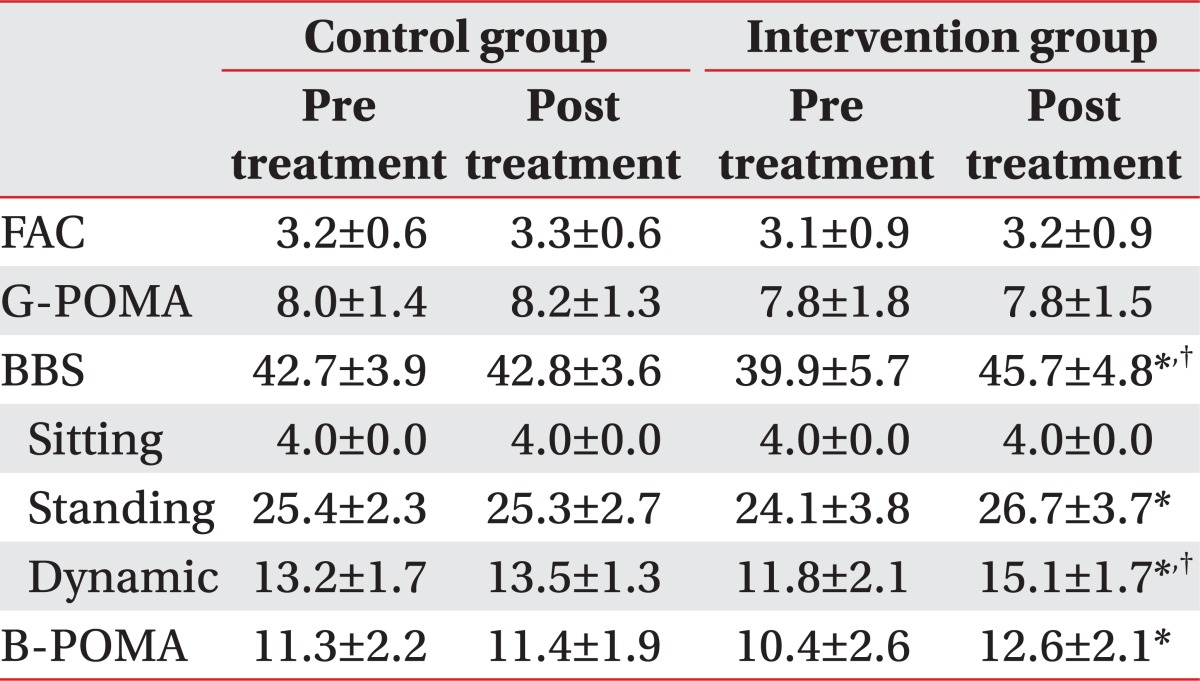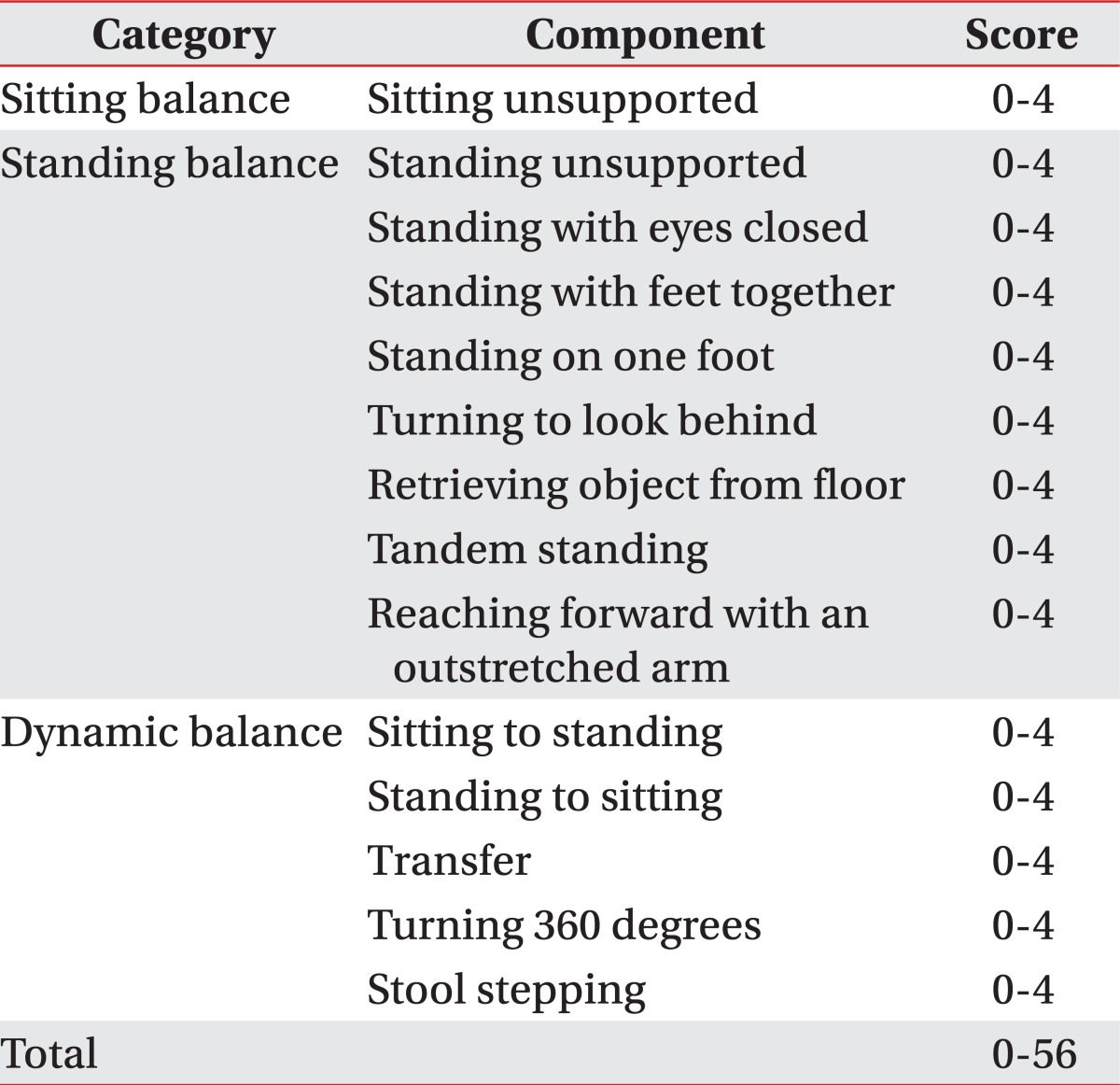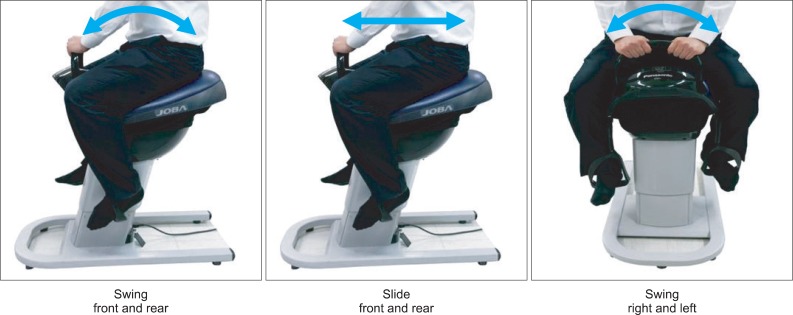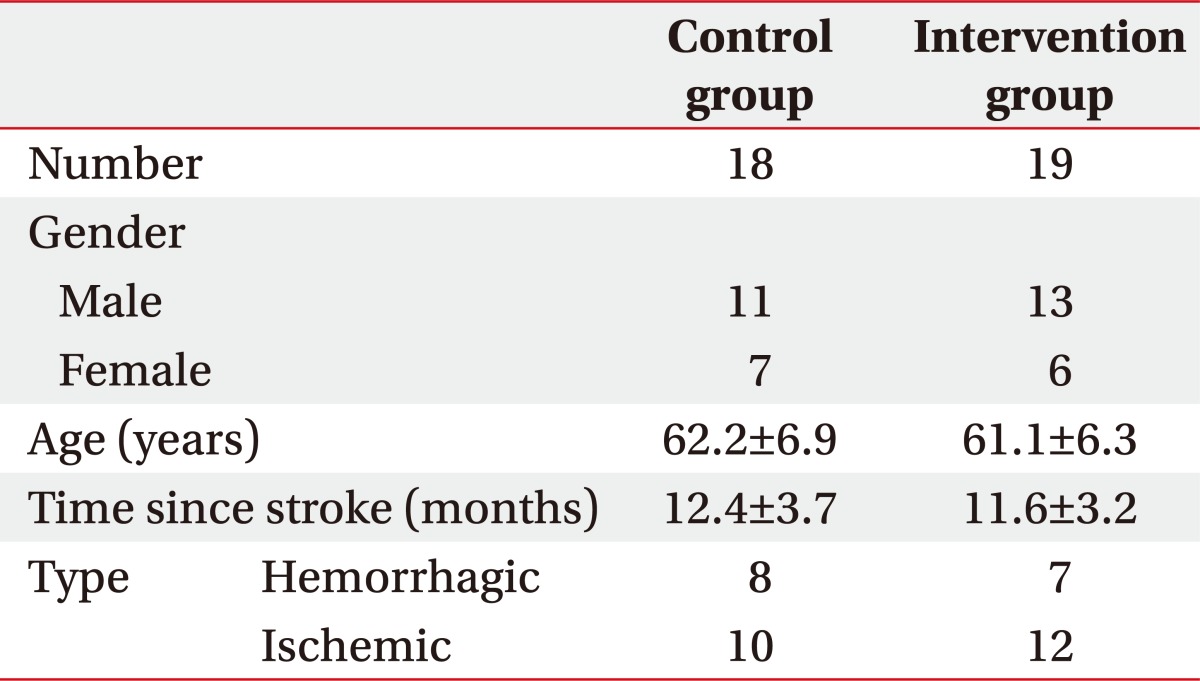1. Herrero P, Asensio A, Garcia E, Marco A, Olivan B, Ibarz A, Gomez-Trullen EM, Casas R. Study of the therapeutic effects of an advanced hippotherapy simulator in children with cerebral palsy: a randomised controlled trial. BMC Musculoskelet Disord. 2010; 11:71. PMID:
20398394.

2. Snider L, Korner-Bitensky N, Kammann C, Warner S, Saleh M. Horseback riding as therapy for children with cerebral palsy: is there evidence of its effectiveness? Phys Occup Ther Pediatr. 2007; 27:5–23. PMID:
17442652.
3. Lechner HE, Kakebeeke TH, Hegemann D, Baumberger M. The effect of hippotherapy on spasticity and on mental well-being of persons with spinal cord injury. Arch Phys Med Rehabil. 2007; 88:1241–1248. PMID:
17908564.

4. McGibbon NH, Benda W, Duncan BR, Silkwood-Sherer D. Immediate and long-term effects of hippotherapy on symmetry of adductor muscle activity and functional ability in children with spastic cerebral palsy. Arch Phys Med Rehabil. 2009; 90:966–974. PMID:
19480872.

5. MacPhail H, Edwards J, Golding J, Miller K, Mosier C, Zwiers T. Trunk postural reactions in children with and without cerebral palsy during therapeutic horseback riding. Pediatr Phys Ther. 1998; 10:143–147.

6. Bertoti DB. Effect of therapeutic horseback riding on posture in children with cerebral palsy. Phys Ther. 1988; 68:1505–1512. PMID:
3174832.
7. Shinomiya Y, Ozawa T, Hosaka Y, Wang S, Ishida K, Kimura T. Development and physical training evaluation of horseback riding therapeutic equipment. Advanced Intelligent Mechatronics, 2003. AIM 2003. Proceedings. 2003. In : 2003 IEEE/ASME International Conference; 2003 July 20-24; Kobe, Japan. New Jersey: Institute of Electrical and Electronics Engineers.

8. Winchester P, Kendall K, Peters H, Sears N, Winkley T. The effect of therapeutic horseback riding on gross motor function and gait speed in children who are developmentally delayed. Phys Occup Ther Pediatr. 2002; 22:37–50. PMID:
12506820.

9. McGibbon NH, Andrade CK, Widener G, Cintas HL. Effect of an equine-movement therapy program on gait, energy expenditure, and motor function in children with spastic cerebral palsy: a pilot study. Dev Med Child Neurol. 1998; 40:754–762. PMID:
9881805.

10. Benda W, McGibbon NH, Grant KL. Improvements in muscle symmetry in children with cerebral palsy after equine-assisted therapy (hippotherapy). J Altern Complement Med. 2003; 9:817–825. PMID:
14736353.

11. Bronson C, Brewerton K, Ong J, Palanca C, Sullivan SJ. Does hippotherapy improve balance in persons with multiple sclerosis: a systematic review. Eur J Phys Rehabil Med. 2010; 46:347–353. PMID:
20927000.
12. Lechner HE, Feldhaus S, Gudmundsen L, Hegemann D, Michel D, Zach GA, Knecht H. The short-term effect of hippotherapy on spasticity in patients with spinal cord injury. Spinal Cord. 2003; 41:502–505. PMID:
12934090.

13. Beinotti F, Correia N, Christofoletti G, Borges G. Use of hippotherapy in gait training for hemiparetic post-stroke. Arq Neuropsiquiatr. 2010; 68:908–913. PMID:
21243251.

14. Kijima R, Kouno M, Hashimoto K, Jiang Y, Aoki T, Ojika T. Karakuri Horse Riding Therapy. 2003. In : Proc of the 8th International Conference on Rehabilitation Robotics; 2003 April 23-25; Daejeon, Korea. Seoul: Korean Institute of Intelligent Systems.
15. Silva e Borges MB, Werneck MJ, da Silva Mde L, Gandolfi L, Pratesi R. Therapeutic effects of a horse riding simulator in children with cerebral palsy. Arq Neuropsiquiatr. 2011; 69:799–804. PMID:
22042184.
16. Herrero P, Gomez-Trullen EM, Asensio A, Garcia E, Casas R, Monserrat E, Pandyan A. Study of the therapeutic effects of a hippotherapy simulator in children with cerebral palsy: a stratified single-blind randomized controlled trial. Clin Rehabil. 2012; 26:1105–1113. PMID:
22610128.

17. Lee DR, Lee NG, Cha HJ, O YS, You SJ, Oh JH, Bang HS. The effect of robo-horseback riding therapy on spinal alignment and associated muscle size in MRI for a child with neuromuscular scoliosis: an experimenter-blind study. NeuroRehabilitation. 2011; 29:23–27. PMID:
21876292.

18. Li X, Sang D, Piao C. Effects of mechanical horseback riding on balance ability in stroke patients. Chin J Rehabil Theory Pract. 2009; 11:1051–1053.
19. Shinomiya Y, Sekine O, Yamamoto T, Hojo H, Ono T, Kamizono Y. Development of horseback riding therapeutic equipment and verification of effect on increase in muscle strength. MEW Tech Rep. 2001; 76:69–74.
20. Shinomiya Y, Wang S, Ishida K, Kimura T. Development and muscle strength training evaluation for horseback riding therapeutic equipment. J Robot Mechatron. 2002; 14:597–603.

21. Holden MK, Gill KM, Magliozzi MR, Nathan J, Piehl-Baker L. Clinical gait assessment in the neurologically impaired. Phys Ther. 1984; 64:35–40. PMID:
6691052.

22. Reuben DB, Siu AL. An objective measure of physical function of elderly outpatients. The Physical Performance Test. J Am Geriatr Soc. 1990; 38:1105–1111. PMID:
2229864.
23. Berg KO, Maki BE, Williams JI, Holliday PJ, Wood-Dauphinee SL. Clinical and laboratory measures of postural balance in an elderly population. Arch Phys Med Rehabil. 1992; 73:1073–1080. PMID:
1444775.
24. Faber MJ, Bosscher RJ, Chin A, van Wieringen PC. Effects of exercise programs on falls and mobility in frail and pre-frail older adults: a multicenter randomized controlled trial. Arch Phys Med Rehabil. 2006; 87:885–896. PMID:
16813773.

25. Tinetti ME. Performance-oriented assessment of mobility problems in elderly patients. J Am Geriatr Soc. 1986; 34:119–126. PMID:
3944402.

26. Berg KO, Wood-Dauphinee SL, Williams JI, Gayton D. Measuring balance in the elderly: preliminary development of an instrument. Physiother Can. 1989; 41:304–311.
27. Berg KO, Maki BE, Williams JI, Holliday PJ, Wood-Dauphinee SL. Clinical and laboratory measures of postural balance in an elderly population. Arch Phys Med Rehabil. 1992; 73:1073–1080. PMID:
1444775.
28. Berg KO, Wood-Dauphinee SL, Williams JI, Maki B. Measuring balance in the elderly: validation of an instrument. Can J Public Health. 1992; 83(Suppl 2):S7–S11. PMID:
1468055.
29. Aydog E, Depedibi R, Bal A, Ekşioglu E, Unlü E, Cakci A. Dynamic postural balance in ankylosing spondylitis patients. Rheumatology (Oxford). 2006; 45:445–448. PMID:
16278280.
30. Janura M, Peham C, Dvorakova T, Elfmark M. An assessment of the pressure distribution exerted by a rider on the back of a horse during hippotherapy. Hum Mov Sci. 2009; 28:387–393. PMID:
19406498.

31. Heine B. Hippotherapy. A multisystem approach to the treatment of neuromuscular disorders. Aust J Physiother. 1997; 43:145–149. PMID:
11676682.

32. Ball CG, Ball JE, Kirkpatrick AW, Mulloy RH. Equestrian injuries: incidence, injury patterns, and risk factors for 10 years of major traumatic injuries. Am J Surg. 2007; 193:636–640. PMID:
17434372.

33. Kiuru MJ, Koivikko MP, Koskinen SK. Serious horse-riding accidents: imaging findings and evaluation with multi-slice CT. Emerg Radiol. 2002; 9:213–218. PMID:
15290565.

34. Siebenga J, Segers MJ, Elzinga MJ, Bakker FC, Haarman HJ, Patka P. Spine fractures caused by horse riding. Eur Spine J. 2006; 15:465–471. PMID:
16408237.

35. Thomas KE, Annest JL, Gilchrist J, Bixby-Hammett DM. Non-fatal horse related injuries treated in emergency departments in the United States, 2001-2003. Br J Sports Med. 2006; 40:619–626. PMID:
16611723.

36. Kitagawa T, Takeuchi T, Shinomiya Y, Ishida K, Wang S, Kimura T. Cause of active motor function by passive movement. J Phys Ther Sci. 2001; 13:167–172.

37. Nakajima R, Shinomiya Y, Sekine O, Wang S, Ishida K, Kimura T. Horseback riding therapy system using VR technology, and toward to its medical evaluation. Trans Hum Interface Soc. 1999; 1:81–86.
38. Silkwood-Sherer D, Warmbier H. Effects of hippotherapy on postural stability, in persons with multiple sclerosis: a pilot study. J Neurol Phys Ther. 2007; 31:77–84. PMID:
17558361.

39. Hammer A, Nilsagard Y, Forsberg A, Pepa H, Skargren E, Oberg B. Evaluation of therapeutic riding (Sweden)/hippotherapy (United States). A single-subject experimental design study replicated in eleven patients with multiple sclerosis. Physiother Theory Pract. 2005; 21:51–57. PMID:
16385943.

40. Shurtleff TL, Standeven JW, Engsberg JR. Changes in dynamic trunk/head stability and functional reach after hippotherapy. Arch Phys Med Rehabil. 2009; 90:1185–1195. PMID:
19577032.






 PDF
PDF ePub
ePub Citation
Citation Print
Print





 XML Download
XML Download